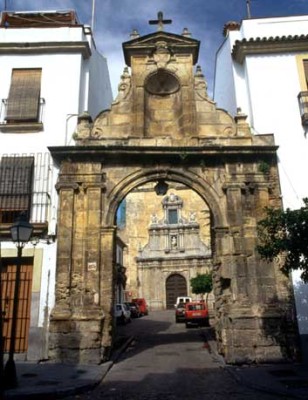Located in the lower part of the city in the ancient Ajerquía, the church was founded in 8th century as a Franciscan convent and enjoyed the support of the Crown until 1812.
In 1842 the convent was sold to a private buyer, and only the church remained.
The works carried out by the architect Carlos Luca de Tena in 1977 uncovered part of the medieval structure of the building hidden since 18th century.
The building is built in accordance with Franciscan models, comprising a single nave, cross aisle and triple apse.
In the 13th century it was one of the most emblematic artistic enclaves of the city.
The most valuable artistic pieces that constitute its heritage date from the Baroque period, including an important collection of paintings, particularly la Cabeza de San Andrés [the Head of Saint Andrew], the first known work by Valdés Leal, along with works by Antonio Castillo, José de Sarabia and important sculptures, including the image of the Crucifixion, the most beautiful of Cordoba’s Holy Week, a 17th century sculpture by an anonymous artist.



